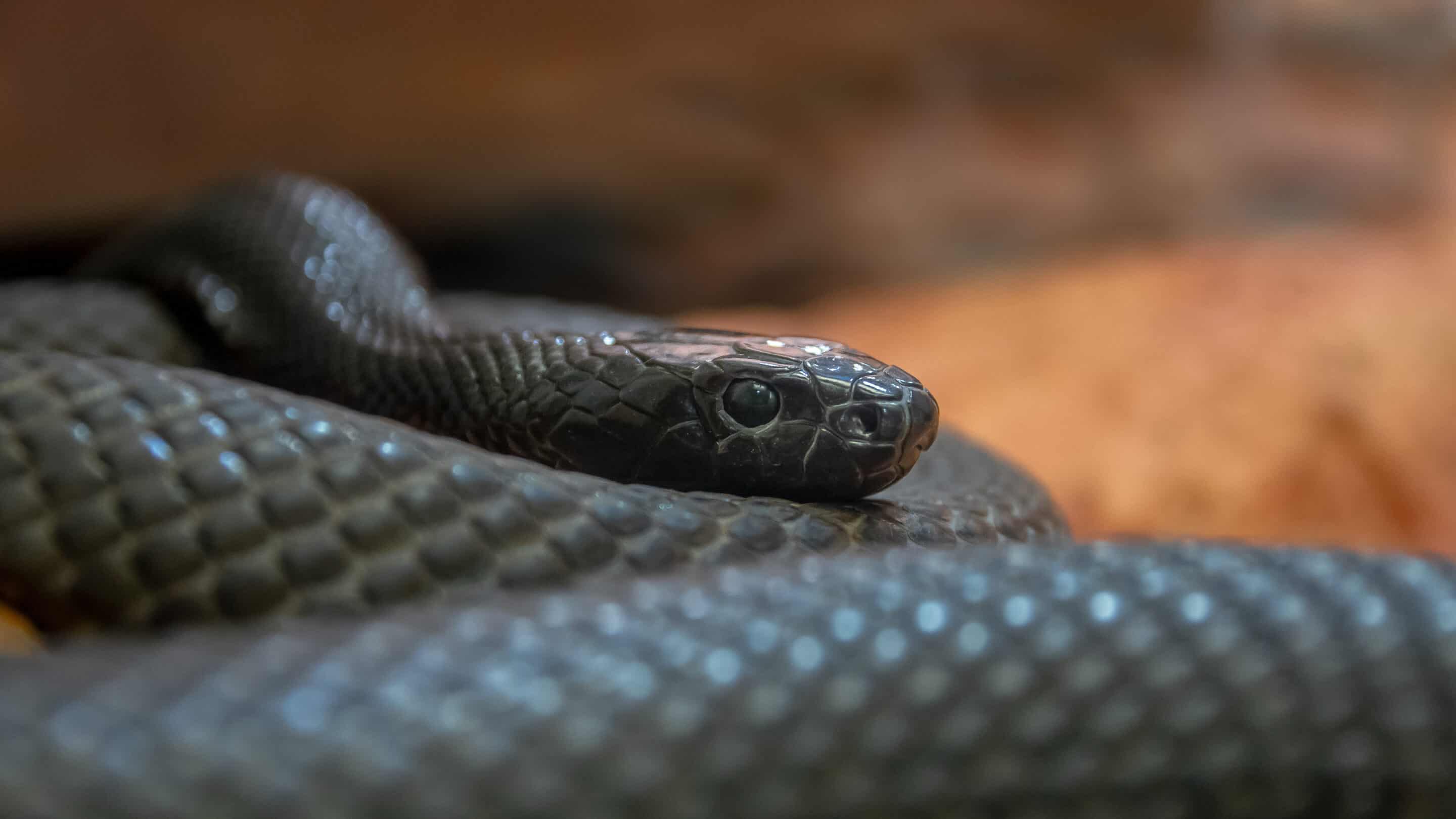Introduction
Tiger snakes are amongst the most widely known and been afraid reptiles in Australia, extensively identified for their striking look and potent poison. This article intends to look into the intricacies of the tiger serpent's habitat, circulation, behavior, and what one can expect when running into these interesting animals. By understanding where to discover them and exactly how to navigate potential threats, you can value their role in the ecological community while guaranteeing your safety.
Tiger Snake Environment: Where to Find Them and What to Expect
Tiger serpents are mainly located in southeastern Australia, consisting of Tasmania, where they grow in a variety of atmospheres. Their flexibility enables them to occupy varied surfaces such as coastal areas, marshes, meadows, and also metropolitan areas.
Geographical Circulation of Tiger Snakes
The geographical reach of tiger serpents prolongs across a number of Australian states. They are especially common in:
- Tasmania: The Tasmanian tiger serpent is among one of the most recognized subspecies. Victoria: Discovered near water bodies like rivers and lakes. New South Wales: Liking bushland locations near to water sources. Western Australia: More commonly seen around swamps and estuaries.
Understanding the geographical distribution is important for both conservation efforts and public understanding pertaining to experiences with these snakes.

Preferred Environments of Tiger Snakes
Tiger serpents grow in different habitats. Below are some common environments where they might be discovered:
Wetlands: They prefer marshy or swampy locations where they can access target easily. Coastal Regions: Near coastlines or rough shorelines offer abundant food resources like fish and amphibians. Forested Areas: Dense understory offers shelter from killers while supplying searching grounds.Behavioral Patterns Associated with Habitat
Understanding tiger serpent actions within their habitats is vital for communication management:
- Nocturnal Activity: Tiger snakes often tend to be more energetic during golden hours (sunset and dawn), making them harder to find during daytime. Territorial Nature: They exhibit territorial behavior; therefore, it's paramount to value their area if encountered.
This understanding can aid minimize undesirable communications in between humans and tiger snakes.
Are Tiger Snakes Venomous?
Yes, tiger serpents are without a doubt venomous. Their venom includes neurotoxins that can trigger paralysis or even death if untreated.
What Makes Their Venom Dangerous?
The effectiveness of a tiger serpent's poison varies depending upon a number of elements:
- Geographic location Individual health Quantity infused throughout a bite
Symptoms of a Tiger Snake Bite
Recognizing signs early is critical:
- Pain at the bite site Swelling Difficulty breathing
Immediate clinical interest is crucial if bitten.
First Aid for Serpent Bites
Knowing first aid procedures can be lifesaving in instance of a snake bite.

First Aid Steps for Snake Bites
Stay tranquility; maintain the affected location still. Call emergency solutions immediately. Apply a stress bandage over the bite site. Keep the private resting until aid arrives.Following these steps can substantially boost results complying with a snake encounter.

Where Else Can You Come Across Tiger Snakes?
While they're commonly located in their all-natural environments, urbanization has caused raised encounters with humans.
Urban Encounters
Tiger snakes might venture into gardens or parks looking for food or water sources.
Precautions When Hiking or Exploring
When discovering locations recognized for tiger serpent environments:
- Wear thick boots Stay on paths Be vigilant
Taking these safety measures will help decrease threats while you appreciate nature.
Baby Tiger Snakes: A Special Perspective on Growth
Just like grownups, baby tiger snakes are birthed venomous however smaller in dimension.
Characteristics of Child Tiger Snakes
- Size: Usually around 20-- 30 centimeters when born. Appearance: Sport similar pigmentation as grownups but may have lighter bands initially.
Understanding their growth helps in valuing their eco-friendly role from infancy onward.
FAQs concerning Tiger Snakes
1. Are all tiger snakes venomous?
Yes, all species of tiger snakes have venom with the ability of triggering major harm.
2. Just how can I recognize a tiger snake?
Look for unique banding patterns varying from yellowish-brown to blackish colors along their bodies; adults normally grow in between 1-- 2 meters long.
3. What must I do if attacked by a tiger snake?
Seek prompt medical interest; apply first aid measures as talked about earlier while keeping calm.
4. Do infant tiger serpents position any danger?
Absolutely! In spite what does a snake bite look like of their small dimension, infant tiger snakes are still poisonous and can provide bites that need severe clinical attention.
5. Exist any kind of particular environments I must avoid?
Avoid going through thick underbrush or near stagnant water where problems favor snake presence during warmer months.
6. Just how do preservation efforts influence tiger snake populations?
Conservation efforts focus on environment conservation which straight influences populace security by making sure enough food sources and safe reproduction locations.
Conclusion
In recap, recognizing "Tiger Serpent Habitat: Where snake bites first aid to Find Them and What to Expect" not only improves our understanding about these amazing reptiles yet likewise enhances our capability to exist side-by-side safely Australian snake habitats with them in shared environments. From recognizing their liked environments to recognizing exactly how to respond successfully if bitten, detailed expertise encourages us all-- whether we're wildlife fanatics or laid-back walkers-- to appreciate this remarkable facet of Australia's natural heritage while prioritizing our safety.
This article functions as a considerable guide on everything related to tiger serpent habitats! Whether you're a devoted explorer or someone looking simply for info about these animals, understanding exactly how they engage within their ecological communities-- and how we fit into that image-- is crucial!